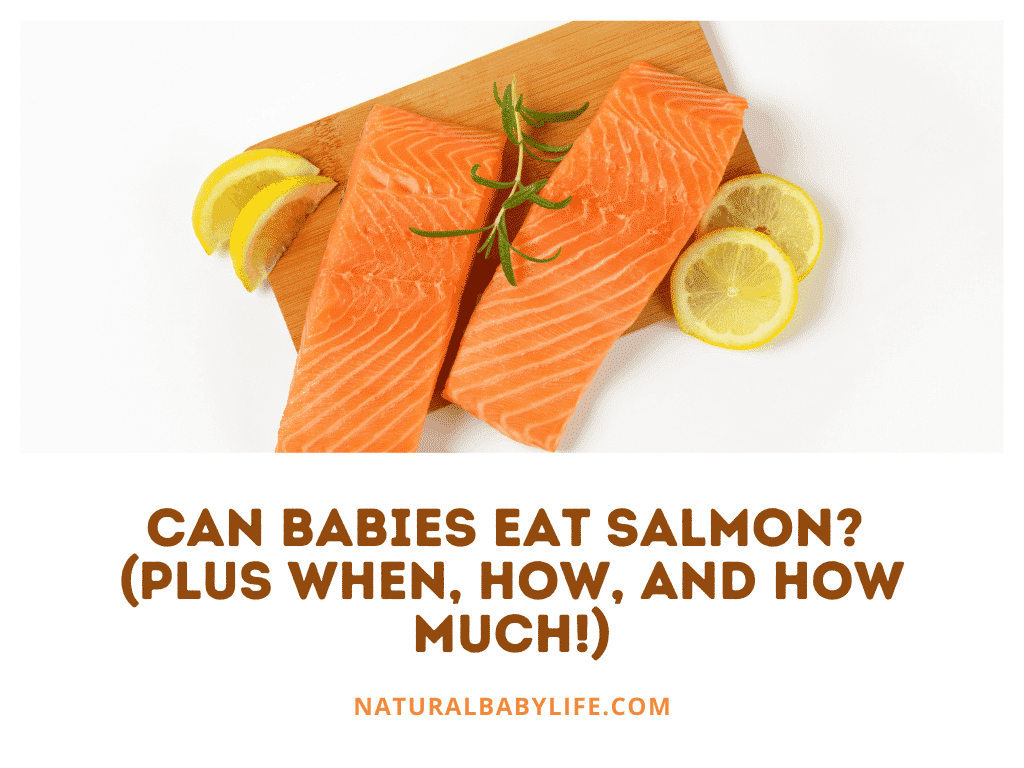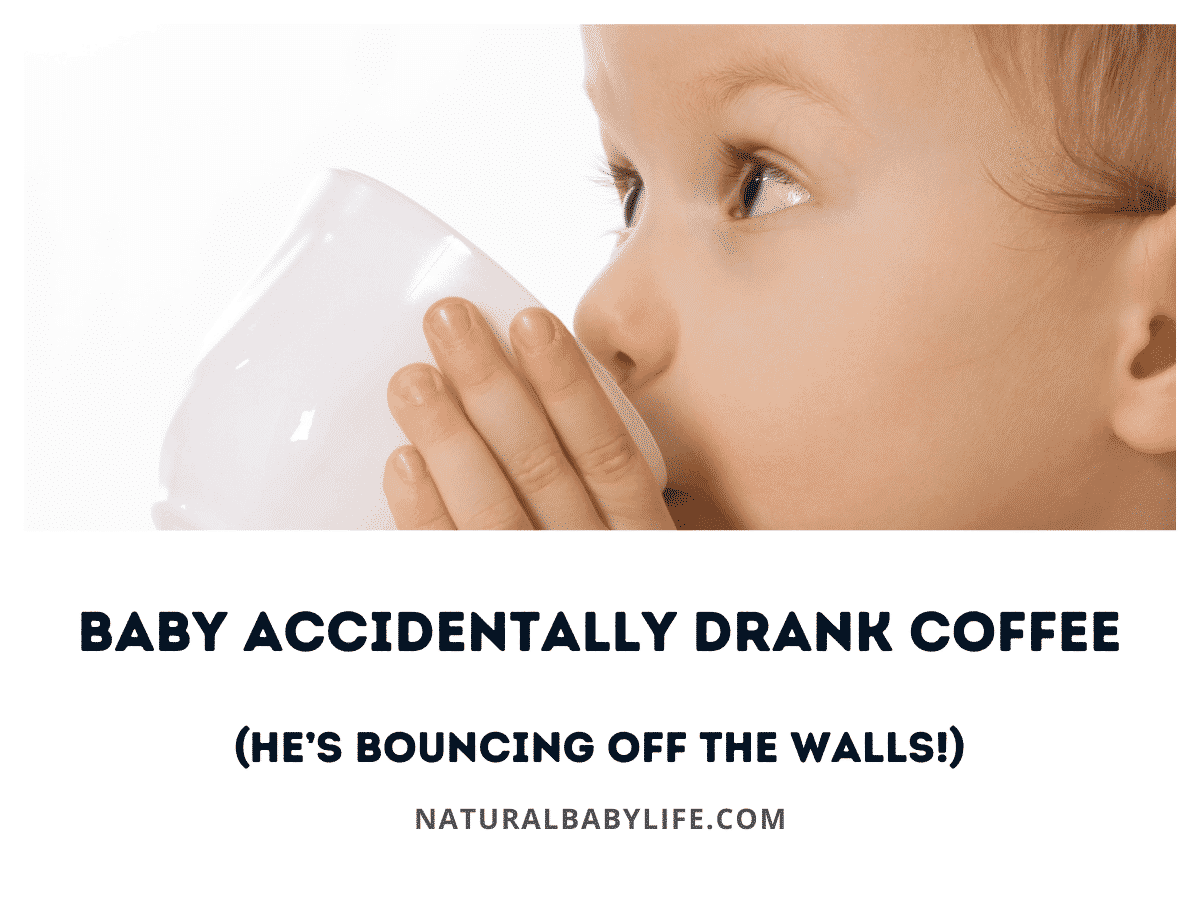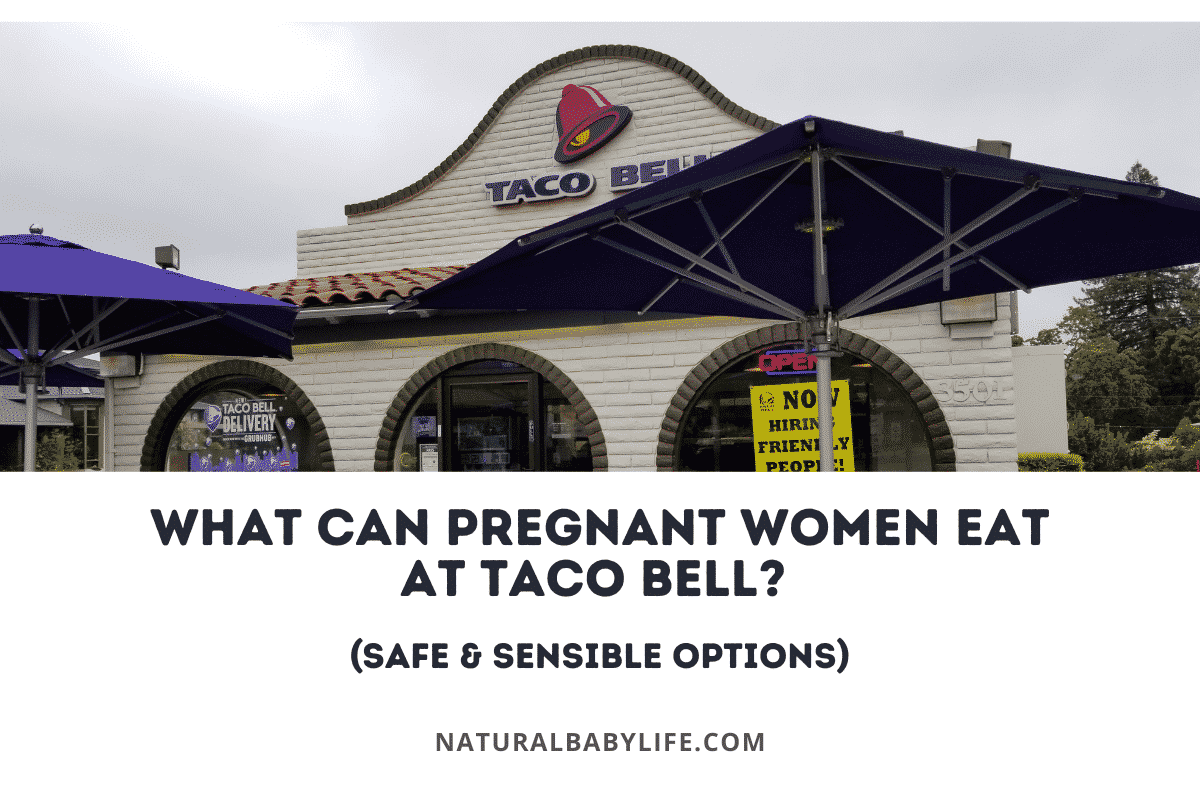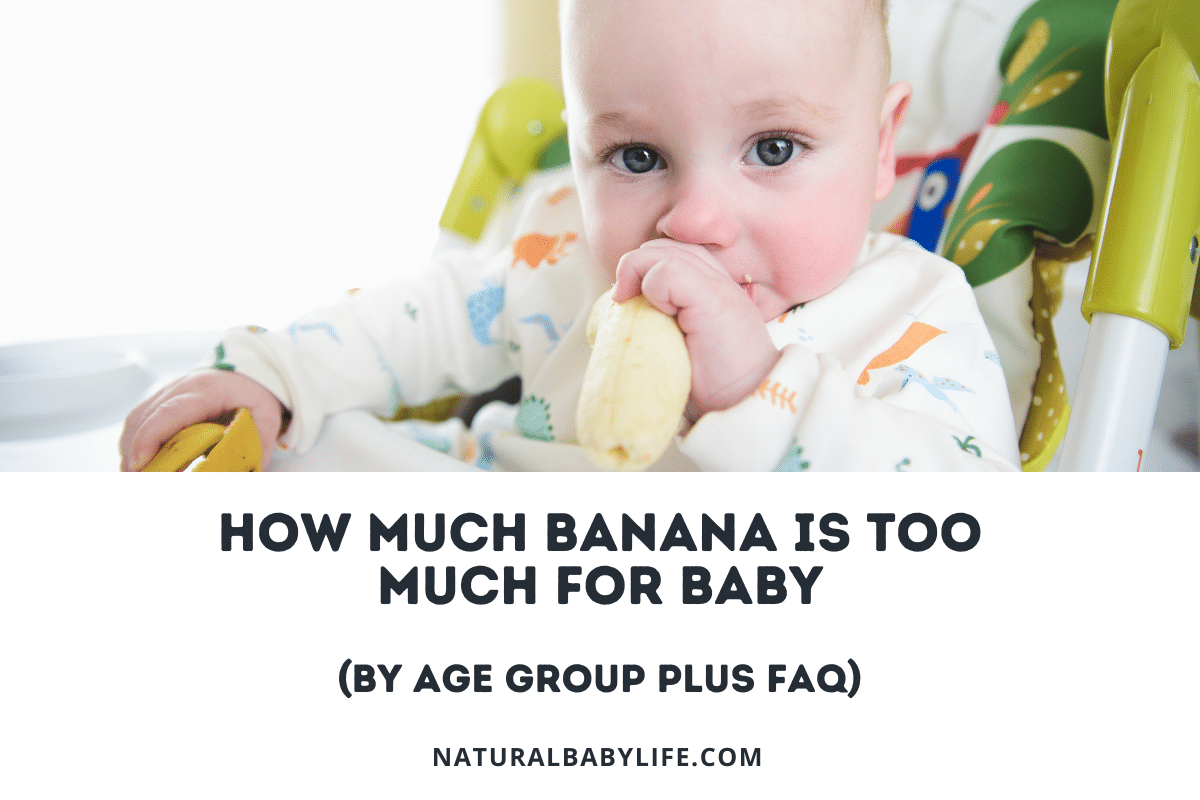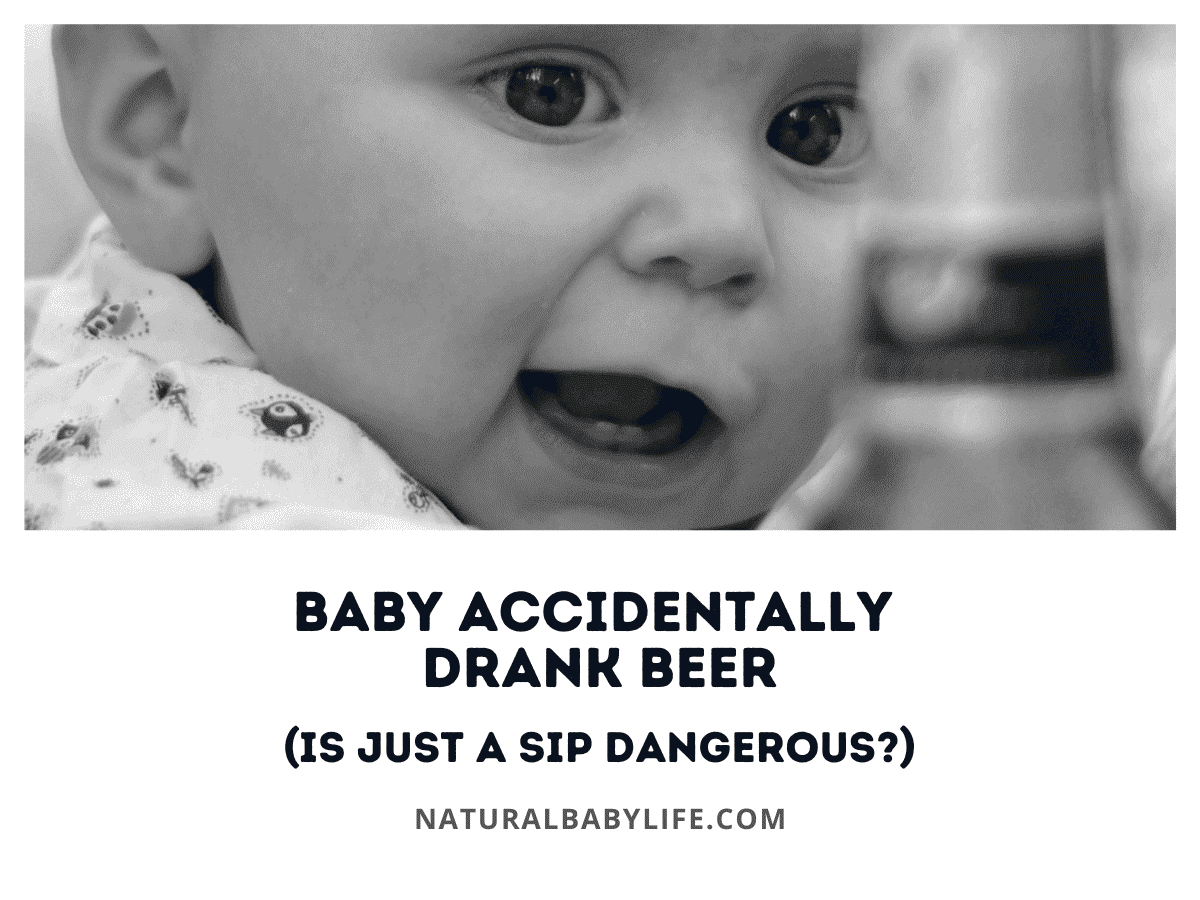Parents often wonder what the appropriate age is to introduce solid foods to their children. Understandably, they want their child to begin enjoying the same delicious foods they know and love. One such food that parents often wonder about is salmon.
Can babies eat salmon? Salmon is a healthy fish for babies to eat once they start solids at around the age of six months. Although salmon is a good source of protein and essential fatty acids, fish of any kind should be limited to 1-to-2 servings per week because of potential mercury content.
If you’ve got a little one who you think would benefit from the introduction of salmon into their diets, there is some basic information you will need to know first. Read on to find out more about the recommended portion sizes, best cooking methods, health benefits, safety concerns and precautions for babies learning to eat salmon for the first time.
Table of Contents
When can babies eat salmon?
While the introduction of fish has traditionally been delayed in many cultures, current guidelines have changed to allow for the consumption of salmon and other fish much sooner. Assuming safe food introduction protocols such as the removal of bones and consideration of family history, your child can begin enjoying salmon as early as 6 months old.
There are many different opinions on when babies should start eating solid foods. In general, though, most pediatricians agree that kids can begin trying new foods (in addition to breastmilk or formula) at around 6 months of age. Some recommendations even allow for the introduction of solid foods as early as 4 months old.
To be safe, there are a few signs of readiness you’ll want to look for in addition to age:
- Baby can sit up unsupported
- Baby has stopped pushing foods out of her mouth when offered (the tongue-thrust reflex)
- Baby is able to pick up foods between fingers and thumb (pincer)
The introduction of solid foods should wait until your child can sit up on their own, swallow well, and has begun to show an interest in eating solid foods. (Such as reaching for your food when you are eating.)
In the case of salmon, ideally your child will have already tried a few other foods first and begun getting used to different tastes and textures. In the past, it was often recommended that the introduction of top allergens such as fish be delayed until after age 1, but those guidelines have changed in recent years.
Now, fish such as salmon can safely be introduced as early as 4-6 months, provided there are no immediate family members with an allergy or any other reason to suspect an allergic reaction.
If your baby does have a history or family history of food allergies, check with their pediatrician before deciding to introduce top allergens such as fish.
Can baby eat salmon every day?
Fish such as salmon can be a great nutritious and healthy food for babies. Salmon is a great source of protein, omega-3 fatty acids like DHA, vitamin D, B vitamins, iron, selenium, and zinc. DHA in particular is extremely beneficial for your baby’s vision and brain development.
While low-mercury fish, such as salmon, can likely be consumed frequently by babies some experts recommend that babies and toddlers below the age of 3 only have a one-ounce portion of fish once or twice per week.
Also, farm-raised salmon (as opposed to wild-caught salmon) can be polluted with environmental toxins and other harmful substances like pesticides, so you may want to consider a little moderation. It is also important for your child to consume a diversified diet to get a variety of vitamins and minerals needed for their growth and development.
With these factors in mind, it is generally recommended for consumers to limit their salmon intake to just a few times per week.
How much salmon a baby can eat by age (infant, toddler, child)
| Baby's Age | Total servings of fish per week | Serving size |
|---|---|---|
| 6-12 months | 1-2 | 1 ounce |
| 12-24 months | 1-2 | 1 ounce |
| 2-3 years | 1-2 | 1 ounce |
| 4-7 years | 1-2 | 2 ounces |
How do you cook salmon and feed to baby?
Babies are more vulnerable than adults to the different bacteria that can cause food poisoning. Therefore, proper preparation and food safety are especially important when cooking salmon for your young child. It is crucial to always wash your hands before and after handling fish and do not allow raw fish to come into contact with your cooked fish, plates or utensils.
Salmon Puree (6mo+) – For younger babies who are just starting with solid foods, it is best to turn their meals into purees whenever possible. Salmon can be baked or cooked in a skillet. (Frying is not recommended) Simply place cooked boneless salmon in a blender or food processor and add milk if needed to make it smoother. You can even blend the salmon together with vegetables and other ingredients your child already likes such as carrots or potatoes to make it more enjoyable for your baby in the beginning.
Salmon Filet (Age 1) – Older babies should be able to handle picking up and eating large chunks of a cooked salmon filet. Simply bake in the oven, being sure to remove all bones, and cut into small pieces that are easy enough for your child to grasp without being a choking hazard. You will want the pieces of the cooked fish to be about the size of 2 adult pinky fingers placed together. Luckily, salmon usually flakes easily into nice, small pieces!
Salmon Fish Sticks (Age 2) – Although it might not be the healthiest option if you get it from the freezer section, toddlers will really enjoy the crunch and fun dipping options of a fish stick. Luckily, you can make salmon fish sticks easily at home. Simply dip strips of salmon into an egg wash (or coconut oil if your kiddo is allergic), roll into a dish of breadcrumbs and grill or bake until each side is crisp and golden brown. Alternatively, you could use crushed-up corn flakes or riced cauliflower instead of breadcrumbs.
Using salmon for baby-led weaning
As a caveat to the above, many parents handle the introduction of solid foods into their child’s diet through a process known as baby-led weaning.
Baby-led weaning is essentially a method of introducing new foods where the child has more control. The goal of baby-led weaning is for your child to have a positive experience around food that they enjoy. Instead of being spoon-fed, the child is allowed to explore and enjoy the foods on their plate themselves. Therefore, proponents of baby-led weaning are not a fan of soft and mashed foods such as purees.
Salmon is the perfect food for this method because it is soft, delicious and healthy. Best of all, babies can easily grasp a cooked piece of salmon in their hands and begin to experiment with handling and chewing it.
If you are a family who practices baby-led weaning, your baby can begin to enjoy salmon in the form of a filet, fish stick or nugget beginning around the age of 6 months. As mentioned above, you will want to ensure salmon pieces are a safe size – generally about the size of 2 adult pinky fingers placed together.
Can babies eat canned salmon?
Babies can absolutely eat canned salmon.
Canned salmon is an especially great choice for babies since it is usually pre-cooked. It is soft, convenient to serve, and easy for young children to attempt to feed themselves.
Some canned salmon does include the bones; however, it is important to note that these bones actually are edible and do not pose a significant choking hazard like the bones in fresh fish do.
Older babies who are already eating and chewing different textures of foods should not have any trouble with these bones. These crushable bones are actually highly nutritious and are packed with calcium.
Of course, you can always purchase canned salmon without the bones to be on the safe side – just be sure to look for “boneless” on the label.
When purchasing canned salmon, you’ll also want to look for a product with low or no added sodium that is marked BPA-free. (BPA is a chemical often used to line the interior of cans that is a known endocrine disruptor.) In addition, try to avoid genetically-modified salmon, which has just recently been approved and is expected to hit the market soon.
Is salmon safe for baby?
Generally, salmon is a safe and healthy food for babies who are old enough to begin trying new foods. However, there are some concerns to keep in mind in order to eliminate any risks.
Risk of allergies
Fish is one of the most common food allergens, so it is good to introduce salmon or any other fish slowly to watch for any reaction. Wait a few days before introducing new foods, try to offer new foods at home for the first time, and make sure you have an oral antihistamine handy just in case. However, studies have shown that the early introduction of top allergen foods can actually decrease the risk of allergic reactions to those same foods later in life.
If your child has ever had an allergic reaction before, or if you have any reason to suspect your child might be allergic to salmon, be sure to discuss those concerns with your child’s pediatrician before giving it a try.
Risk of choking hazard
It is important for babies who are just beginning to learn how to eat and chew to try new foods with soft textures. All bones, scales and other choking hazards should be removed from the salmon before you offer it to your child. If possible, mash or puree the salmon for an even safer option.
When cutting a salmon filet into chunks, be careful that the chunks are not too big or too small. And of course, always supervise your child when they are first learning how to eat solid foods such as salmon. Choking can happen rather quickly, so a parent should always be nearby.
Is salmon high in mercury?
You’ve probably heard from many different sources that most fish contain mercury and that some fish should even be avoided altogether due to high levels of mercury. But is this true in the case of salmon?
Is salmon high in mercury?
Thankfully, the EPA classifies salmon as having very low mercury levels. This means that salmon is safe for both pregnant or nursing mothers and babies to eat. Surprisingly, mercury levels are actually higher in wild salmon than in farmed salmon, but total mercury intake from but sources of salmon is still very low.
They are also lower in canned salmon than in fresh or frozen salmon.
Is salmon high in PCB?
There is one other factor to keep in mind, though. And that is something known as PCB. Polychlorinated biphenyls (PCB) are toxic chemicals that were in use from 1929 until 1979. The EPA has classified PCB as a possible carcinogen. Remnants still linger in our environment even though the chemicals have been banned for decades.
PCB levels in salmon can be high, and farmed salmon contain much higher levels of this chemical than wild salmon do.
Trimming fatty areas and draining the fat off the salmon during cooking can help to reduce exposure to the toxins that have built up in fatty tissue.
What is the best kind of salmon to buy for babies?
Wild Alaskan salmon is the best type of salmon to look for, and while fresh or frozen is best, canned wild salmon is still a great option.
Farmed salmon typically pick up pesticides and other toxins from their environment and may be fed a nutrient-poor diet as well as antibiotics, so they should be avoided when at all possible.
Can babies eat raw salmon?
Due to the risk of foodborne illness, it is not recommended for babies to eat raw or undercooked fish. The FDA recommends that pregnant women and children avoid eating raw fish. It is best to wait until at least age 5, when kids’ immune systems are further developed, to eat sushi or other raw fish dishes.
In the meantime, eating cooked salmon is the safest option for your baby.
Can babies eat smoked salmon?
Since smoked salmon is often very high in salt, it is recommended that parents avoid feeding their babies smoked salmon if at all possible. Excess sodium can increase your child’s risk of obesity and hypertension later in life, as well as cause them to develop a greater preference for unhealthy salty foods.
In addition, smoked foods contain nitrates, which can be carcinogenic, and most smoked salmon is cold-smoked which runs a risk of listeria.
So while the occasional treat of smoked salmon may be safe for your baby, particularly if it is hot-smoked, it probably shouldn’t be a part of their regular diet.
Last Thoughts
As always, if you have any additional health concerns surrounding the introduction of salmon to your child, be sure to consult with their pediatrician or another healthcare provider.
If you found this article informative and helpful, please consider sharing it with others!

